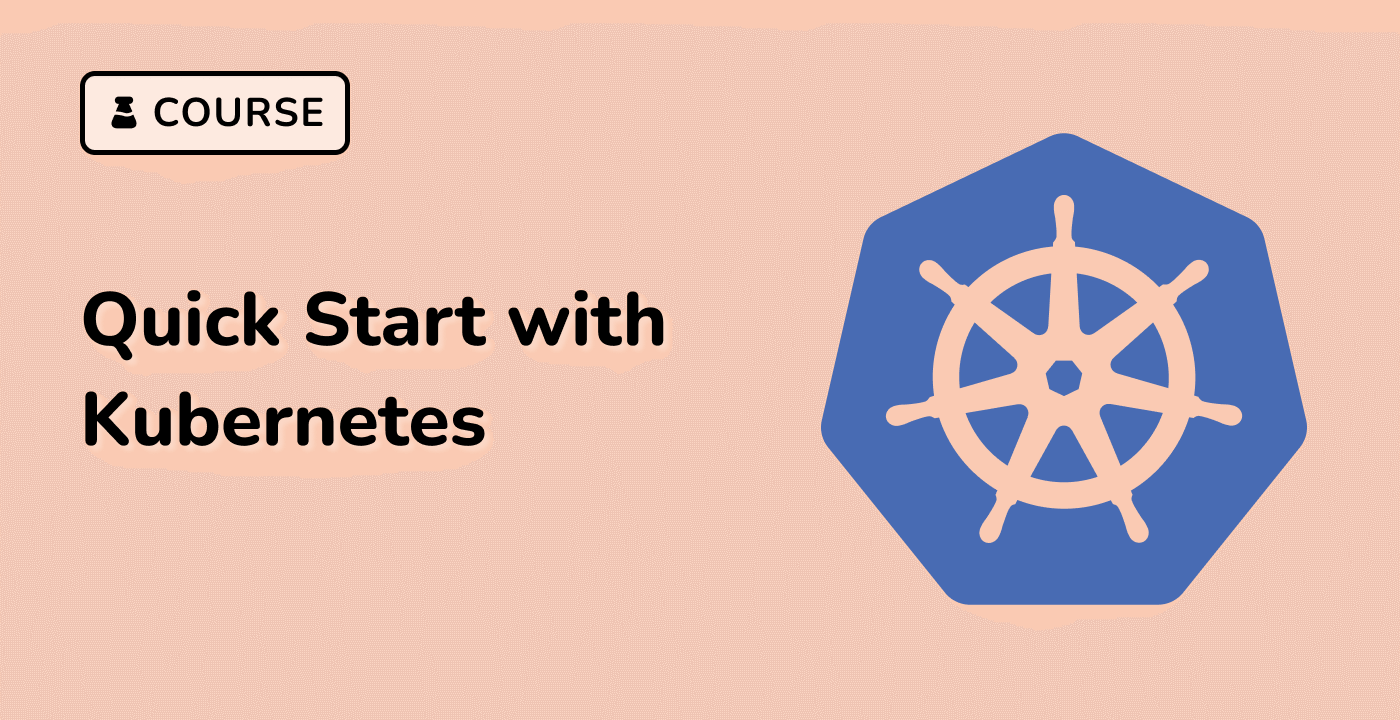Kubernetes Pods Overview
What are Kubernetes Pods?
Kubernetes Pods are the smallest deployable units in the container orchestration ecosystem. A Pod represents a single instance of a running process in a cluster, encapsulating one or more containers that share network and storage resources. Understanding Pod architecture is crucial for effective container management.
graph TD
A[Pod] --> B[Container 1]
A --> C[Container 2]
A --> D[Shared Network Namespace]
A --> E[Shared Storage Volumes]
Pod Structure and Characteristics
| Characteristic |
Description |
| Basic Unit |
Smallest deployable unit in Kubernetes |
| Container Grouping |
Can contain multiple tightly coupled containers |
| Network Sharing |
Containers within a Pod share IP address |
| Resource Allocation |
Scheduled and scaled together |
Creating a Basic Pod: Example
Here's a practical example of defining a Pod in Ubuntu 22.04:
apiVersion: v1
kind: Pod
metadata:
name: nginx-pod
spec:
containers:
- name: nginx
image: nginx:latest
ports:
- containerPort: 80
Pod Networking and Communication
Pods in Kubernetes have unique IP addresses within the cluster. Containers within the same Pod can communicate via localhost, enabling seamless inter-container interactions. This design supports microservices architectures and complex application deployments.
Container Management within Pods
Kubernetes manages Pod lifecycle, handling container startup, monitoring, and potential restarts. The container orchestration platform ensures that Pods maintain the desired state defined in the configuration.
Key Concepts in Pod Architecture
- Ephemeral nature of Pods
- Dynamic IP address allocation
- Shared resource context
- Single-node scheduling
- Horizontal and vertical scaling capabilities



